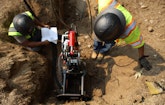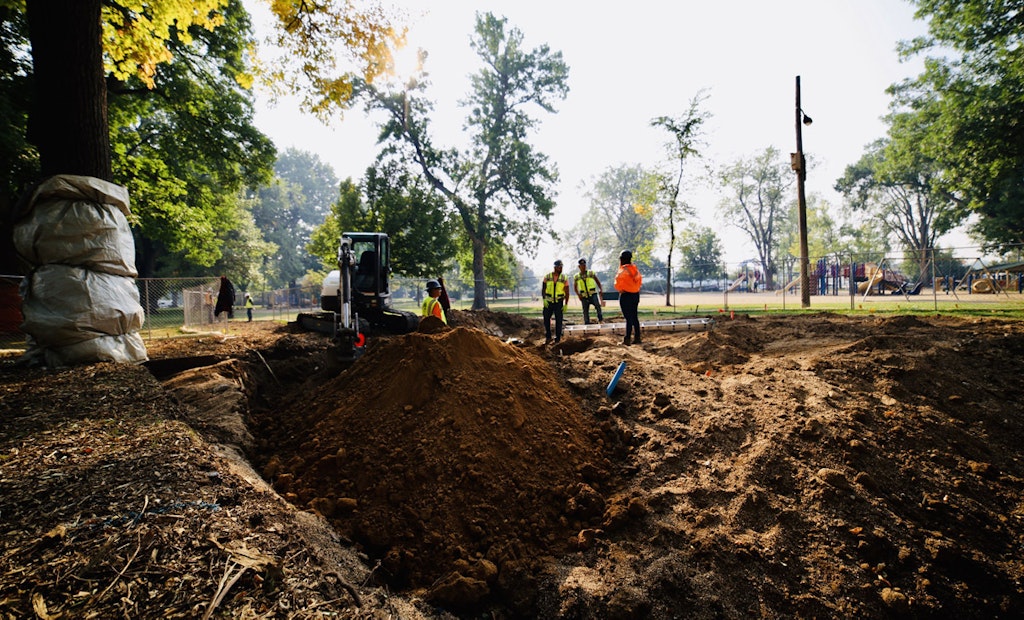Interested in Safety?
Get Safety articles, news and videos right in your inbox! Sign up now.
Safety + Get AlertsThere are many hazards in our industry and one of the most dangerous places our workers can find themselves in is an excavation. Trenches have many hazards based on the depth and width of the trench, soil type, if there is water in the trench, buried utilities like gas and electrical, and moving machinery around the trench.
These hazards and many others create what could be a very unsafe working environment. However, one of the biggest concerns is when employees become complacent to these hazards. Complacency is defined as self-satisfaction especially when accompanied by unawareness of actual dangers or deficiencies. When employees are so “used” to working around hazards that they become numb to those hazards we have a real problem on our hands.
When employees become complacent, they may not realize the real dangers of the work they’re performing or they might not notice a change in the environment that could be disastrous to them. Another issue with being complacent is that employees can start working on autopilot, especially when they have done these tasks so many times in the past. Unsafe acts account for about 90% of workplace injuries and incidents, and becoming complacent is one of the top contributors to unsafe acts.
Employees must be trained and constantly reminded to think about what their task is and the hazards that they face each day. Having a daily trench checklist can be one way to help ensure employees are thinking about the hazards before they start digging. Having employees review the checklist and complete it together creates a teamwork approach and helps hold each employee accountable as well.
The following are some other reminders for keeping employees safe in the trenches and avoiding the complacency trap:
- Always ensure there is a safe way to enter and exit a trench. A ladder is required if the trench is 4 feet or deeper.
- Trenches must have cave-in protection (shoring, sloping, shielding) when the trench is 5 feet or deeper.
- Keep materials and spoil piles at least 2 feet away from the edge of the trench.
- Be on the lookout for standing water and other hazards such as overhead power lines, encumbrances such as trees, buildings or signs that are close to the trench.
- If you are working on foot, be aware that vehicles and equipment have blind spots. Always make eye contact with the operator to ensure the operator sees you. Never assume this.
- Never enter a trench unless it has been properly inspected by a competent person.
- Removing slip and trip hazards like tools, hoses and cords when they are no longer needed.
- Be aware of traffic conditions and have a proper work zone set up.
- Make sure utilities are properly located before digging starts.
Keep in mind that OSHA inspectors are required to stop and inspect any trenching and excavation job site that they may pass by. Be prepared to answer questions like who is in charge of the job site. They are really wanting to know if you have a competent person on site.
In conclusion, trenches can be made safe to work in if each employee on the job site remains aware of the surrounding hazards and takes the steps to mitigate the hazards. Overcoming complacency is a step in the right direction.








